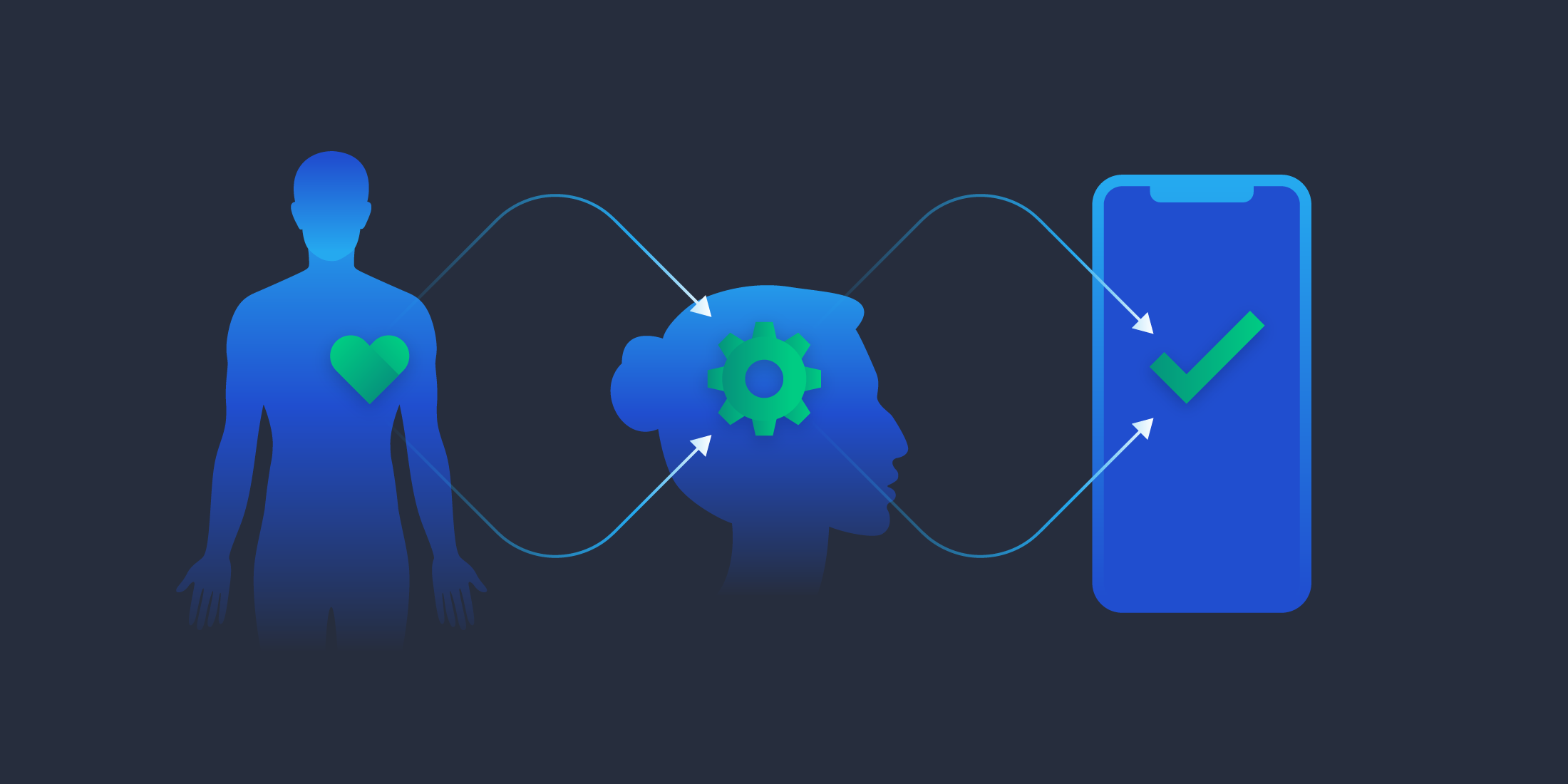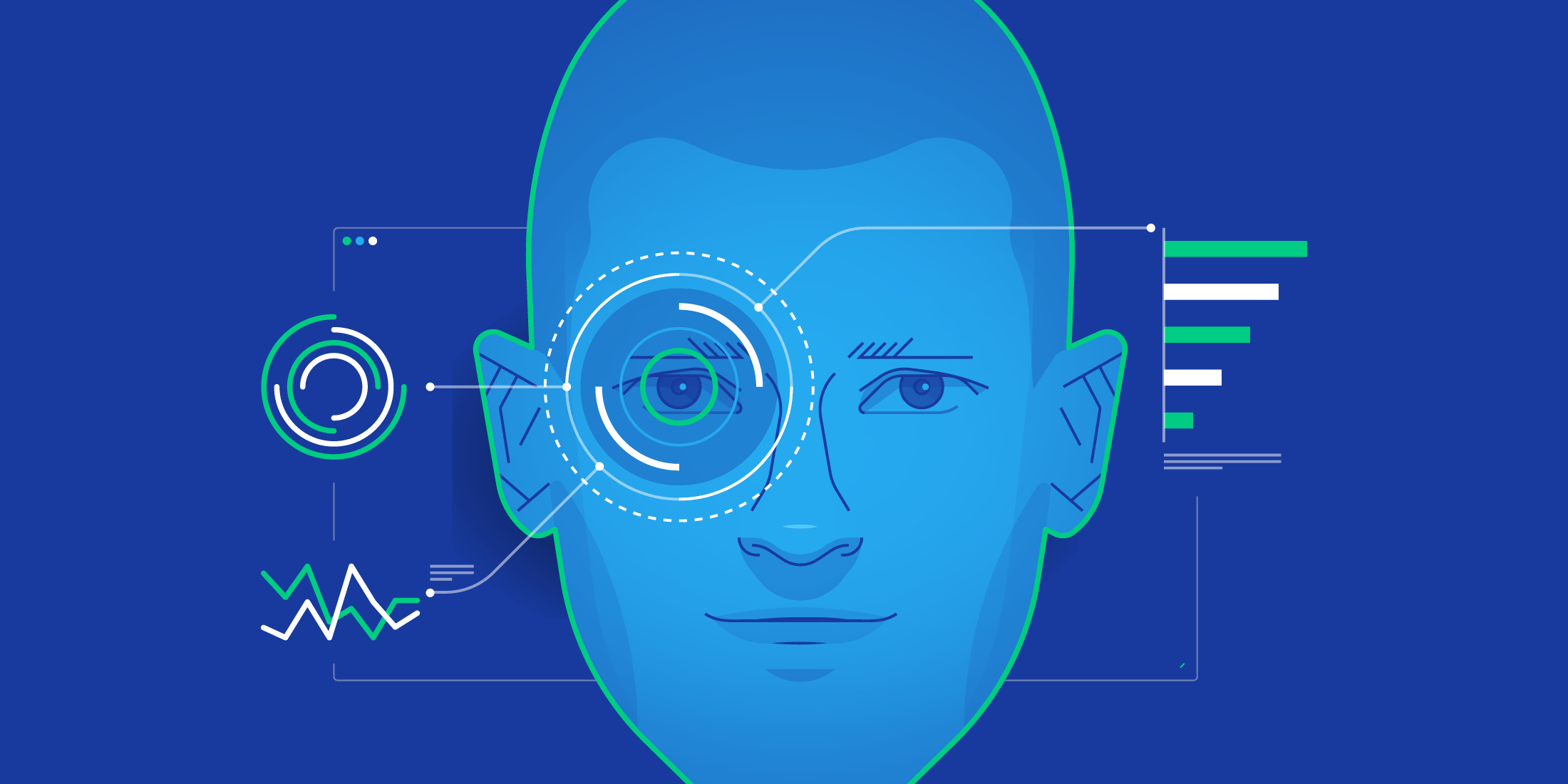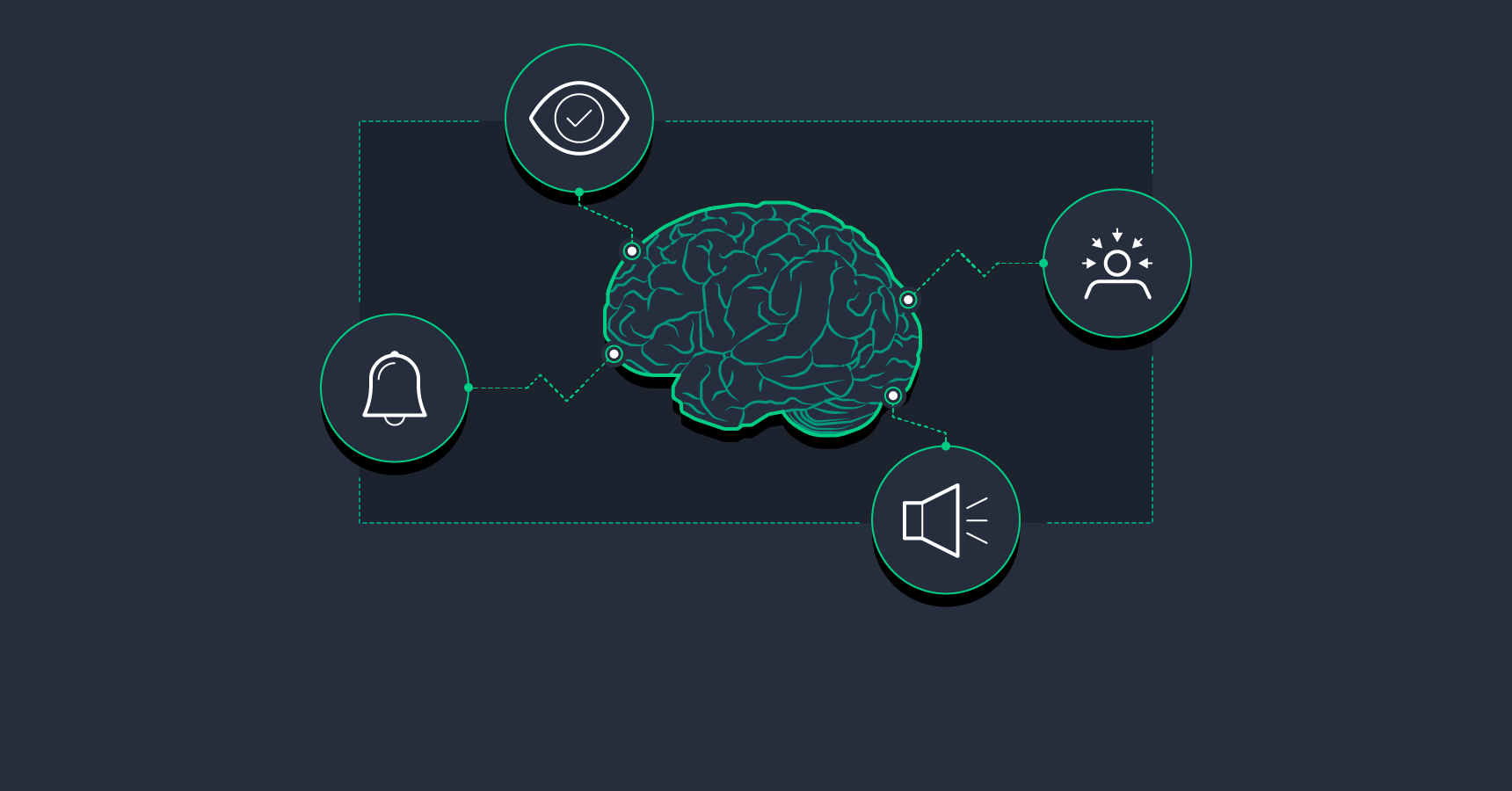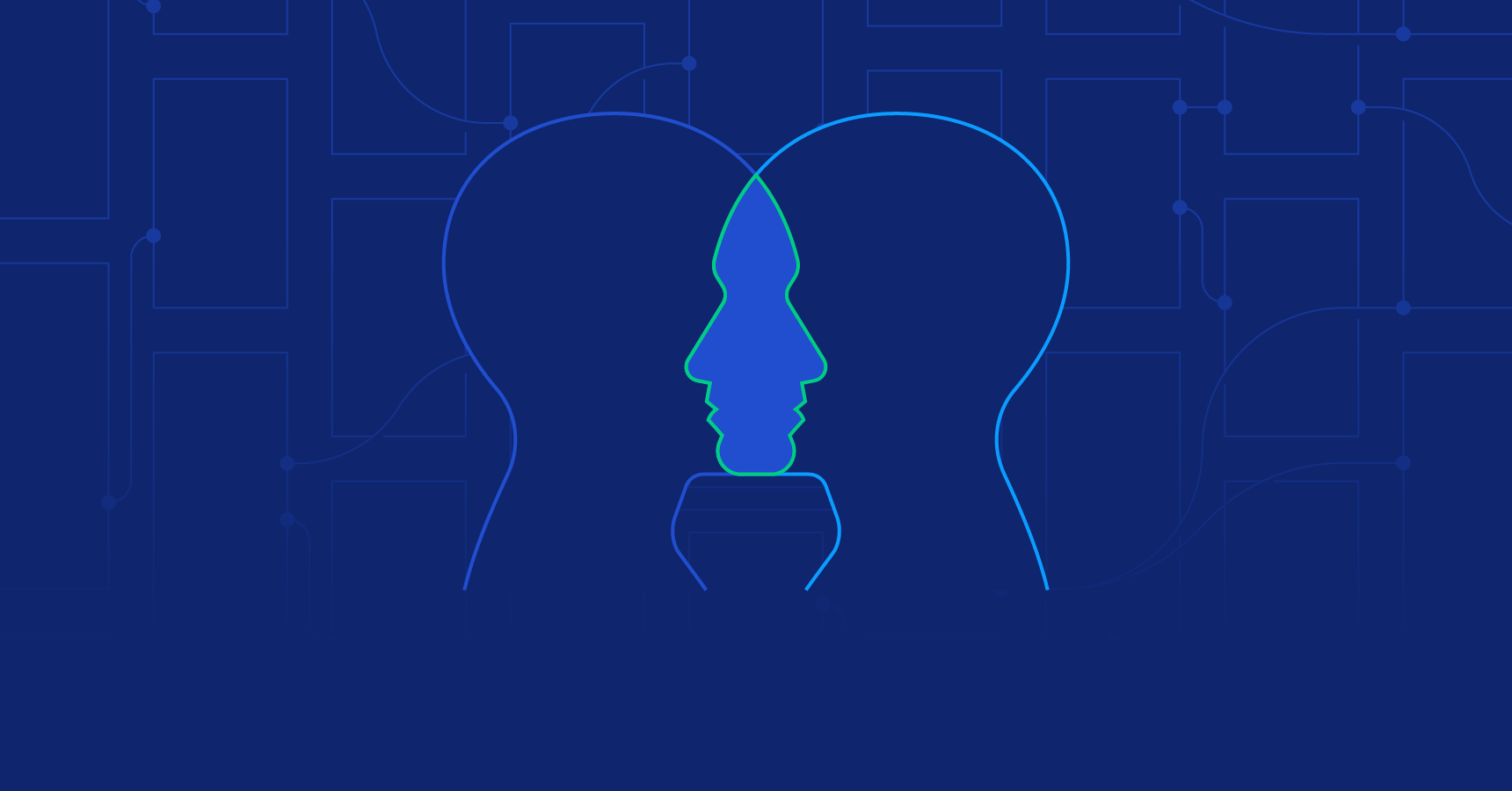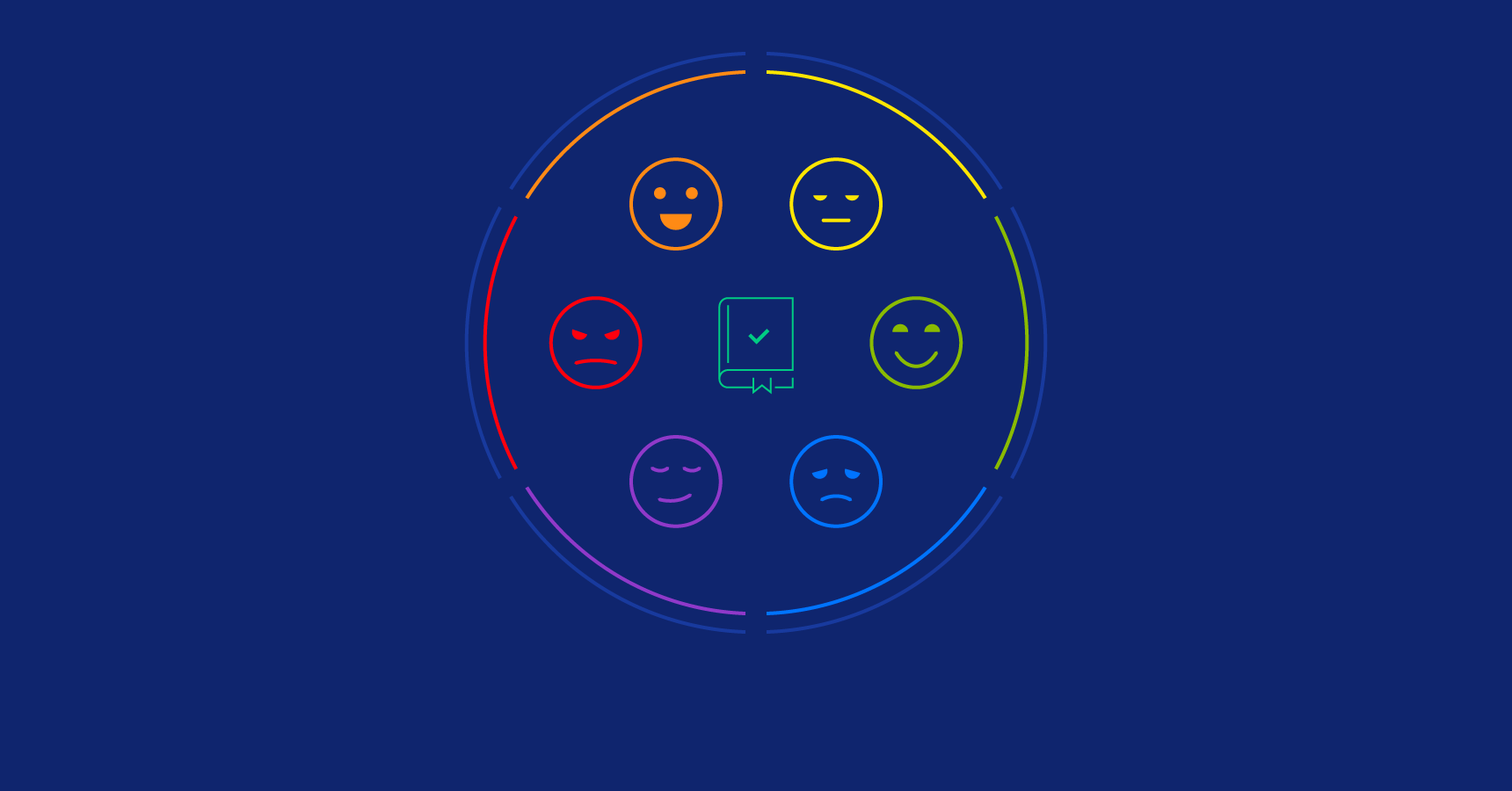Digging Deeper: A Practical Guide to Creative Empathy for Product Design
Master creative empathy techniques to help you understand what other people want and need, then apply these skills throughout the design process to create products that resonate with people.

Brian Pagán, EngD, MSc
Understanding Cognitive Bias in Product Design, the Good and Bad (With Infographic)
Knowing the psychology of how and why we make certain decisions can help in creating more user-centric sites and apps.

Nataliia Pylypchuk
The Ultimate Experience: A Guide to the Principles of Sensory Design
Digital design routinely ignores neurological factors beyond sight. Sensory design principles emphasize the interconnection of human perception and prompt designers to explore non-visual solutions.

Micah Bowers
Innovate with Purpose: An Overview of the Jobs to Be Done Framework
Companies succeed because they offer products that people find irresistible, but what compels customers to buy? The Jobs to Be Done framework identifies the unmet desires that motivate all purchases.

Zbignev Gecis
The Mind's Eye: A Look at Data Visualization Psychology
Data visualization is an excellent way to tell a story about data. But are there best practices? When designing with data, there is much to be gained from exploring data visualization psychology.

Tetiana Donska
Aesthetics and Perception: How to Approach User Experience Imagery
Once designers better understand how people’s minds work with imagery, they are able to create better products that really make sense in a person’s life, while positively affecting the business itself.

Rian Dutra
Personalized UX and the Power of Design and Emotion
Personalization is all about communicating a message aimed directly at the individual user. Emotional design focuses on the overall emotional impact of design choices, including those that involve personalization. Combining the personal and the emotional is where the real magic happens.

Chris Constandse
Partners in Design: A Guide to Client Empathy
Being empathetic is not a selective practice. Designers know how to use empathy to uncover the behaviors and needs of a user. Those same methods and techniques can be used in client relationships.

Jay Oldaker
Influence with Design: A Guide to Color and Emotions
The right color palette encourages people to behave in ways designers want them to, while the wrong palette can turn visitors away before they take any action at all.

Cameron Chapman
World-class articles, delivered weekly.
Toptal Designers
- Adobe Creative Suite Experts
- Agile Designers
- AI Designers
- Art Direction Experts
- Augmented Reality Designers
- Axure Experts
- Brand Designers
- Creative Directors
- Dashboard Designers
- Digital Product Designers
- E-commerce Website Designers
- Full-Stack Designers
- Information Architecture Experts
- Interactive Designers
- Mobile App Designers
- Mockup Designers
- Presentation Designers
- Prototype Designers
- SaaS Designers
- Sketch Experts
- Squarespace Designers
- User Flow Designers
- User Research Designers
- Virtual Reality Designers
- Visual Designers
- Wireframing Experts
- View More Freelance Designers
Join the Toptal® community.
